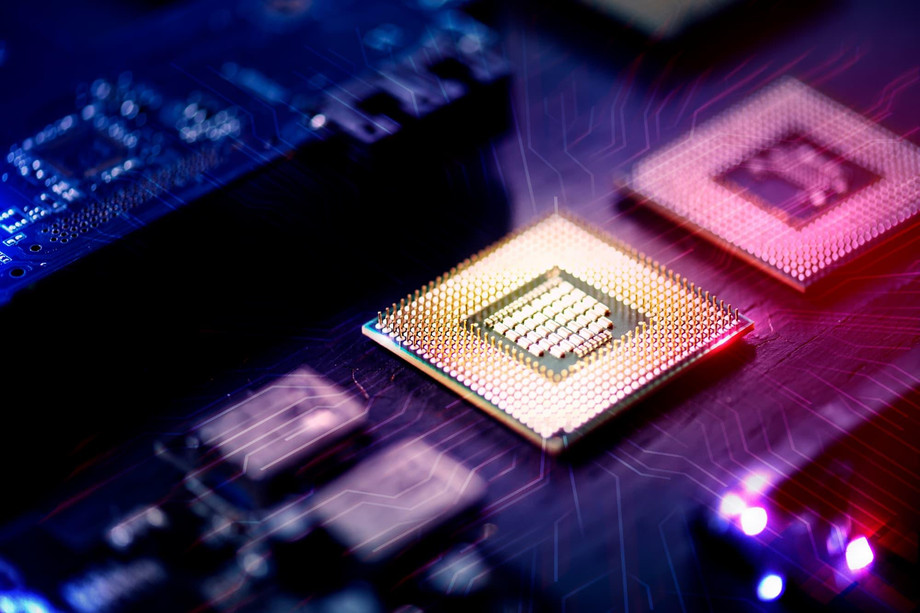The landscape of robotics is rapidly evolving, driven by significant advancements in embedded software technology. As industries increasingly integrate robotics into their operations, understanding how these software innovations shape the future of robotics applications becomes essential. This blog explores the pivotal role of embedded software advancements in enhancing the functionality, efficiency, and versatility of robotic systems.
The Role of Embedded Software in Robotics
Embedded software serves as the backbone of robotic systems, providing the necessary instructions for hardware components to function cohesively. This software enables robots to perform complex tasks with precision and reliability. As robotics applications become more sophisticated, the demand for advanced embedded software that can handle real-time processing, sensor integration, and adaptive learning grows.
Key Advancements in Embedded Software
-
Real-Time Operating Systems (RTOS)
One of the most significant advancements in embedded software for robotics is the development of Real-Time Operating Systems (RTOS). An RTOS allows robots to process data and respond to inputs in real-time, which is crucial for applications requiring immediate reactions, such as autonomous vehicles and robotic arms in manufacturing. This capability not only improves efficiency but also enhances safety, as robots can adapt to dynamic environments and mitigate potential hazards.
-
Artificial Intelligence and Machine Learning Integration
The integration of artificial intelligence (AI) and machine learning (ML) into embedded software is revolutionizing robotics applications. AI-driven algorithms enable robots to learn from their experiences, improving their performance over time. For instance, in warehouse automation, robots equipped with AI can optimize their routes, reducing operational costs and increasing productivity. Moreover, machine learning models can analyze vast amounts of data from sensors, allowing robots to make informed decisions in real-time.
-
Enhanced Sensor Fusion Capabilities
Robotics applications increasingly rely on sensor fusion, the process of integrating data from multiple sensors to create a comprehensive understanding of the environment. Advanced embedded software facilitates this by efficiently processing and interpreting data from various sources, such as cameras, LIDAR, and ultrasonic sensors. This capability is particularly vital in applications like autonomous navigation and robotic perception, where a precise understanding of surroundings is essential for safe and effective operation.
-
Modular Software Architectures
The trend toward modular software architectures in embedded systems is another key advancement. Modular architectures allow for the development of reusable software components, enabling faster integration of new features and functionalities into robotic systems. This flexibility is crucial in a rapidly evolving technological landscape, as it allows developers to respond to market demands and incorporate innovations without overhauling entire systems. The ability to rapidly prototype and deploy new features enhances the competitiveness of robotics solutions across various industries.
-
Cloud Computing and IoT Integration
The advent of cloud computing and the Internet of Things (IoT) has further transformed embedded software in robotics. By leveraging cloud resources, robotic systems can access vast computational power and storage, enabling complex data analytics and processing capabilities. This integration allows robots to operate more efficiently, utilizing real-time data to optimize their performance. For example, agricultural robots can receive real-time weather data from the cloud, allowing them to adjust their operations based on current conditions, leading to improved yield and resource management.
Impact on Various Industries
The advancements in embedded software are not just theoretical; they have real-world implications across various industries.
-
Manufacturing: Robotics applications in manufacturing are becoming increasingly sophisticated, driven by embedded software innovations. Collaborative robots (cobots) equipped with advanced embedded systems can work alongside human operators, enhancing productivity and safety. These systems can adapt to changes in production lines, improving overall efficiency and reducing downtime.
-
Healthcare: In the healthcare sector, embedded software advancements are enabling the development of robotic surgical systems that offer enhanced precision and control. These systems can perform minimally invasive procedures, leading to quicker recovery times for patients. Additionally, robotic exoskeletons powered by advanced embedded software are helping individuals with mobility impairments regain their independence.
-
Transportation and Logistics: Autonomous vehicles are at the forefront of embedded software advancements, with cutting-edge systems enabling safe navigation and efficient route planning. In logistics, robots equipped with sophisticated software can optimize warehouse operations, enhancing inventory management and reducing costs.
-
Agriculture: Precision agriculture is benefitting significantly from embedded software advancements. Robotics applications in farming, such as autonomous tractors and drones, rely on real-time data processing to optimize planting, watering, and harvesting operations. This not only increases crop yields but also promotes sustainable farming practices.
Future Prospects
The future of robotics applications is undoubtedly intertwined with advancements in embedded software. As technologies like AI, machine learning, and IoT continue to evolve, the capabilities of robotic systems will expand dramatically. The potential for innovation is immense, with possibilities ranging from fully autonomous factories to robotic companions capable of assisting in everyday tasks.
To stay competitive, organizations must invest in cutting-edge embedded software solutions that harness these advancements. Collaborating with experts in embedded systems development can lead to the creation of customized solutions tailored to specific industry needs, driving efficiency and productivity.
Conclusion
Embedded software advancements are not merely enhancing robotics applications; they are defining the future of the industry. By enabling real-time processing, integrating AI, and facilitating sensor fusion, these innovations are transforming how robots operate across various sectors. As industries embrace these technological advancements, the potential for robotics applications will continue to grow, paving the way for a more automated and efficient future. Organizations that prioritize these advancements will be well-positioned to lead in the competitive landscape of robotics, ensuring they harness the full potential of this transformative technology.
To Know More About embedded software

